A section of the renatured Emscher. Photo: Karstern Wickern
–
After 2011, 2013 and 2017, the loan provided is the fourth financing from the European Investment Bank (EIB) for the Emscher conversion project. The Emschergenossenschaft will receive a whopping half a billion euros for the years 2020 to 2024 from the EU development bank for the extensive redesign of the river system – one of the largest environmental projects in Europe.
Europe-wide showcase project with a total volume of 1.8 billion euros to date
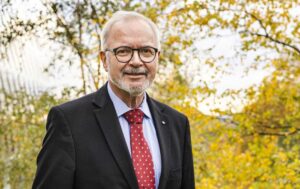
EIB President Dr. Werner Hoyer. Photo: EIB
–
In total, the EU bank is providing 1.8 billion euros for the Emscher conversion project. In addition to the large volumes, the EIB can also offer particularly attractive loan terms:
The loans have a term of up to 45 years and, despite the long period, have fixed interest rates. This offers the opportunity to secure the current low interest rate for the long term. ___STEADY_PAYWALL___
Werner Hoyer, President of the European Investment Bank, stated on the occasion of the signing of the contract: “The renaturation of the Emscher is an absolute showcase project across Europe. It shows how a region that has been shaped by industry for decades can be returned to a natural landscape. The people here in the Ruhr area are given back not just a river, but a piece of quality of life. “
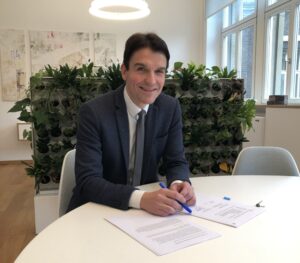
Prof. Dr. Uli Paetzel signing the contract. Photo: Celina Winter / EGLV
–
Prof. Dr. Uli Paetzel, CEO of the Emschergenossenschaft: “With an investment volume of more than five billion euros and a term of more than three decades, our Emscher conversion is not only one of the most important water management projects in the region, but is now an international showcase project with added value for people and nature. We are not only investing in the revitalization of a complete river landscape, but above all in the quality of life of the people in the heart of the Ruhr area. “
From the open sewage system to the river landscape
The European Investment Bank (EIB) is the European Union’s long-term lending institution. Its shareholders are the member states of the EU. The EIB provides long-term funding for robust projects that meet EU objectives.
With more than five million inhabitants, the Ruhr area is the largest metropolitan area in Germany. The river Emscher runs through the central Ruhr area – a region in which almost two and a half million people live. Mining in particular has shaped the region economically, but it also had a significant impact on the landscape.
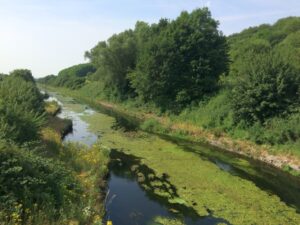
Renatured Emscher in Deusen. Photo: Ilias Abawi
–
Because of the subsidence caused by coal mining, it was not possible to set up an underground sewer system here, so that the Emscher and its tributaries had to serve as an open sewage system for almost a century. Only the northward migration of the mining industry at the end of the 1980s made the Emscher conversion possible.
The extensive generation project is accompanied by the ecological reconstruction of the river landscape. The Emscher is being redesigned to be closer to nature again. Former usable and fallow areas are regaining their landscape character.
In this way, important natural and recreational areas are created in the densely populated region, which are already significantly increasing the quality of life of the people living there. At the end of 2020, the Emscher should be largely free of wastewater again.
The Emschergenossenschaft: public water management company
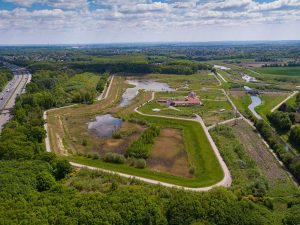
“Emscher-Auen” is the new name for the Ickern-Mengede flood retention basin. Photo: Jörg Saborowski / EGLV
–
The Emschergenossenschaft is a public water management company that efficiently performs tasks for the common good with modern management methods and lives the cooperative principle as the guiding principle of its own actions. It was founded in 1899 as the first organization of its kind in Germany and has since taken care of, among other things, the maintenance of the Emscher, sewage disposal and cleaning as well as flood protection.
Since 1992, the Emschergenossenschaft has been planning and implementing the Emscher conversion project, in close cooperation with the Emscher municipalities, in which 5.38 billion euros will be invested over a period of around 30 years. www.eglv.de
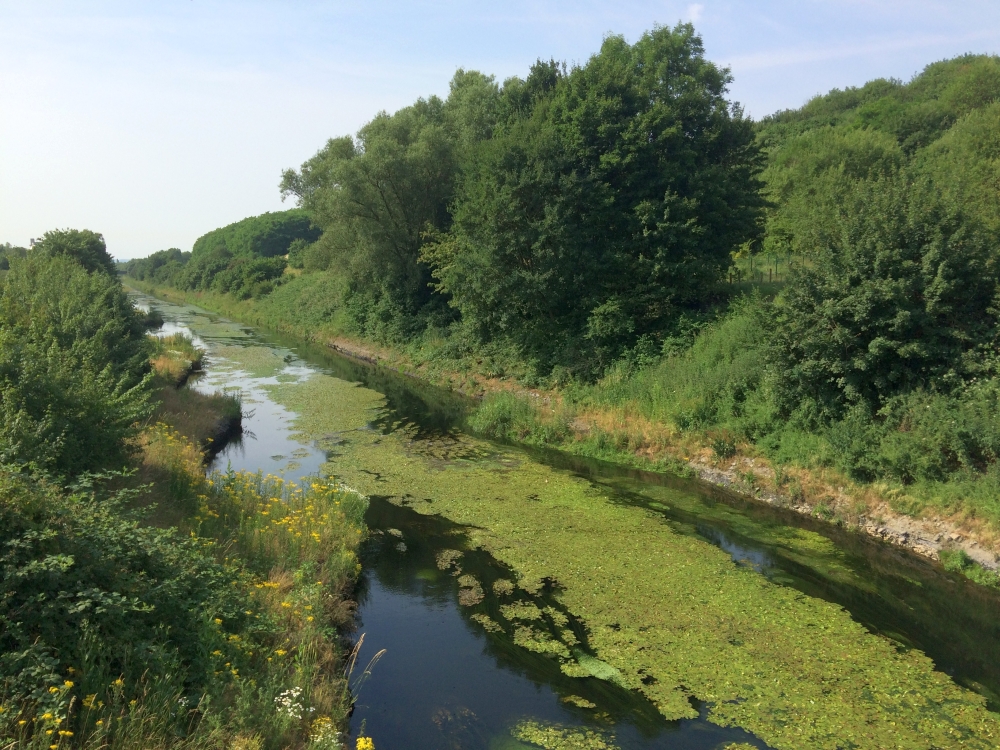

 —
—
